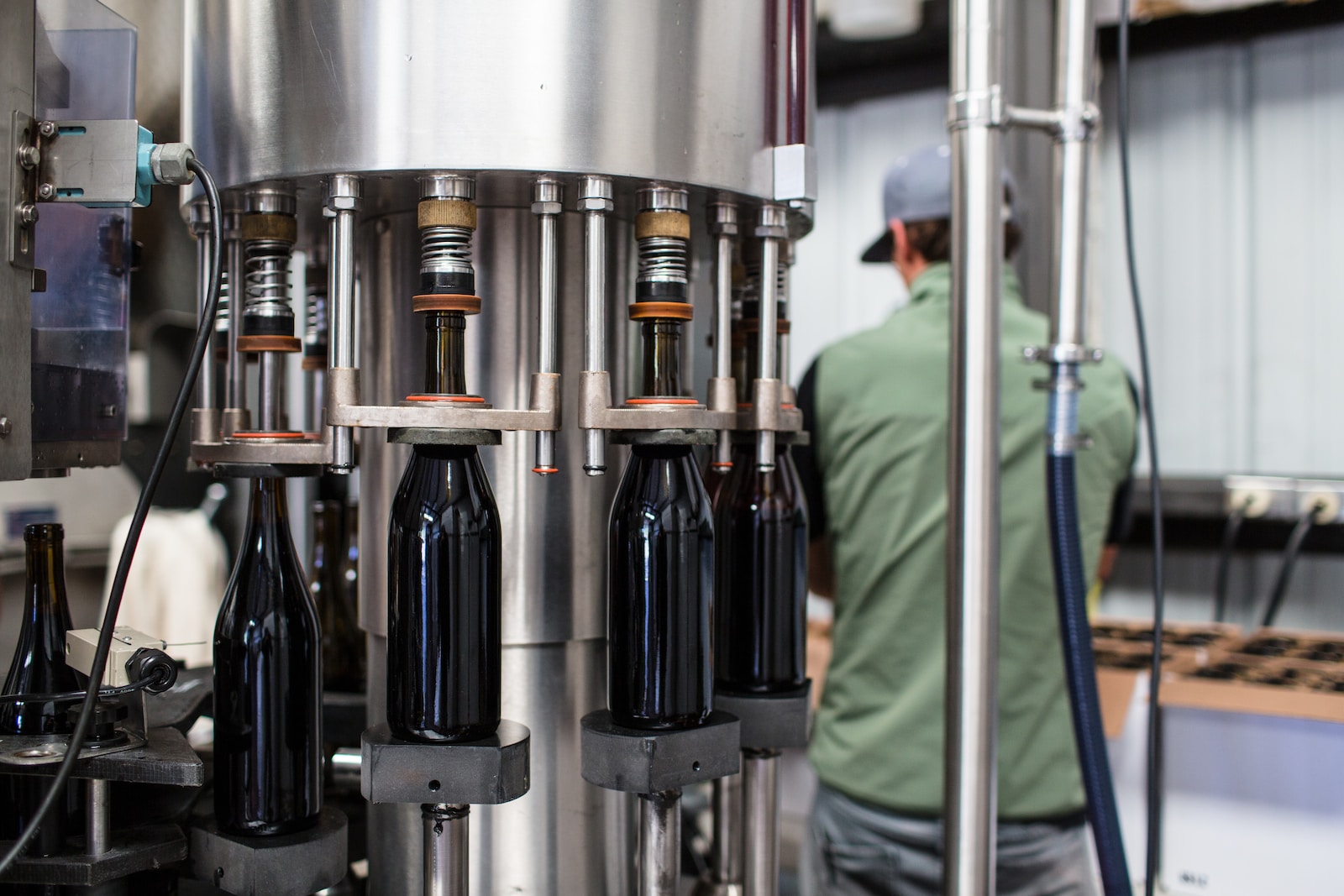Technology and innovation play a crucial role in shaping the future of factory labor. By embracing new technologies, factories can improve productivity, enhance worker safety, and create more sustainable manufacturing processes. Here, we discuss some key technological advancements and their impact on factory labor:
Emerging Technologies Impacting Factory Labor
- Internet of Things (IoT): IoT devices enable factories to monitor equipment, track production, and optimize processes in real-time. By connecting machines, sensors, and systems, factories can gather valuable data to drive improvements in efficiency, quality, and sustainability.
- Artificial Intelligence (AI) and Machine Learning (ML): AI and ML can help factories automate complex tasks, improve decision-making, and optimize production schedules. By leveraging these technologies, factories can enhance productivity, reduce costs, and minimize human errors.
- Robotics and Automation: Advanced robotics and automation technologies can streamline factory operations, perform repetitive tasks, and improve overall efficiency. By integrating robots and automation systems, factories can enhance worker safety and free up human labor for more complex tasks.
- Advanced Manufacturing Techniques: Innovative manufacturing techniques, such as additive manufacturing (3D printing), can enable factories to produce complex components with greater precision, flexibility, and speed. These techniques can also reduce waste and resource consumption.
- Virtual Reality (VR) and Augmented Reality (AR): VR and AR technologies can help train factory workers, enhance collaboration, and improve overall productivity. These technologies can also be used for remote maintenance, equipment troubleshooting, and process optimization.
Strategies for Integrating Technology and Innovation in Factory Labor
- Invest in Research and Development (R&D): Factories should prioritize investment in R&D to explore new technologies and innovations. This can help businesses stay ahead of industry trends and maintain a competitive edge.
- Collaborate with Industry Partners: Partnering with industry experts, research institutions, and technology providers can help factories access cutting-edge innovations and share knowledge and resources.
- Adopt a Culture of Continuous Improvement: Factories should encourage a culture of continuous improvement, fostering an environment where employees are empowered to identify areas for innovation and suggest new technologies or processes.
- Training and Upskilling: As new technologies are introduced, factories must invest in training and upskilling programs to ensure their workforce is equipped with the necessary skills to effectively utilize these tools.
- Evaluate and Measure Success: Factories should regularly evaluate the success of their technology and innovation initiatives, using key performance indicators (KPIs) to measure progress and identify areas for improvement.
By embracing technology and innovation, factories can improve their operations, enhance worker safety, and create more sustainable manufacturing processes. By investing in R&D, fostering a culture of continuous improvement, and prioritizing training and upskilling, businesses can successfully navigate the rapidly changing landscape of factory labor and maintain a competitive edge in the industry.

